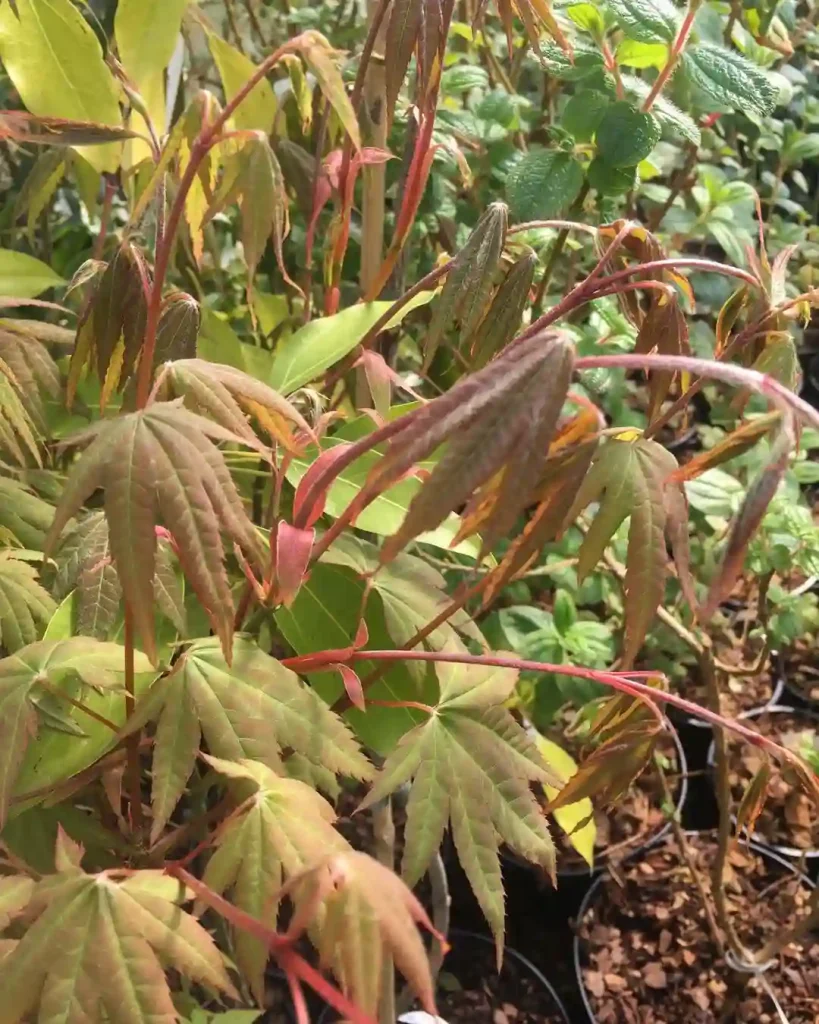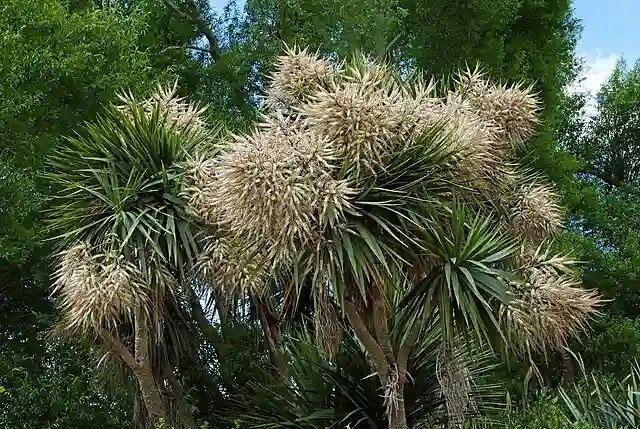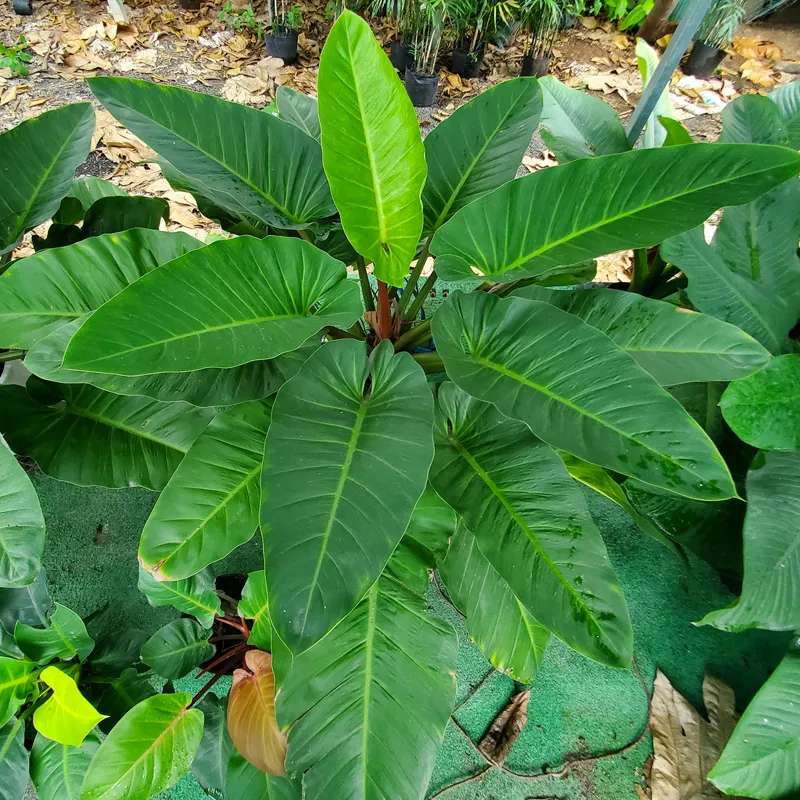Graptopetalum: My Fascination with the Leatherpetals
I’ve always been drawn to the unique beauty of succulents, their diverse forms and incredible resilience captivating my imagination. Among my favorites is the genus Graptopetalum, often called “leatherpetals” due to the texture of their leaves. These plants belong to the Crassulaceae family, with their rosette shapes and intriguing colors, hold a special place in my collection, and I’m eager to share my knowledge and enthusiasm for them with you.
Origins and Characteristics
Native to Mexico and Arizona, Graptopetalum species thrive in arid environments. Their fleshy leaves, a hallmark of succulents, store water, enabling them to withstand prolonged periods of drought. These plants typically grow in rosette formations, with leaves radiating outwards from a central stem. The rosettes can vary significantly in size, from just a few inches to over a foot in diameter, depending on the species.
One of the most captivating aspects of Graptopetalum is the sheer variety of colors exhibited by their leaves. While many species showcase shades of green and gray, others boast hues of pink, purple, and even blue. This coloration can be influenced by environmental factors like sunlight and temperature, adding another layer of intrigue to these fascinating plants.
A Diverse Genus
The genus Graptopetalum encompasses around 15 recognized species, each with its own unique characteristics:
- Graptopetalum amethystinum: Known for its beautiful amethyst-colored leaves, this species is a favorite among collectors.
- Graptopetalum paraguayense: Often referred to as the “ghost plant” due to its pale, almost translucent leaves, this species is widely cultivated and readily available.
- Graptopetalum bellum: This species stands out with its star-shaped rosettes and vibrant red flowers.
- Graptopetalum filiferum: Characterized by its long, thread-like appendages that extend from the leaf tips, this species has a distinctive appearance.
- Graptopetalum bartramii Rose
- Graptopetalum bernalense (Kimnach & R.C.Moran) V.V.Byalt
- Graptopetalum fruticosum Moran
- Graptopetalum grande Alexander
- Graptopetalum macdougallii Alexander
- Graptopetalum marginatum Kimnach & Moran
- Graptopetalum pachyphyllum Rose
- Graptopetalum pusillum Rose
- Graptopetalum rusbyi (Greene) Rose
- Graptopetalum saxifragoides Kimnach
- Graptopetalum sinaloensis Vega
Cultivating Graptopetalum
In my experience, Graptopetalum species are relatively easy to cultivate, making them an excellent choice for both novice and experienced gardeners. They thrive in well-draining soil and prefer bright, indirect sunlight. Overwatering is a common pitfall, as these plants are susceptible to root rot. I’ve found that allowing the soil to dry out completely between waterings is crucial for their health.
Propagation is another aspect that I find particularly enjoyable with Graptopetalum. These plants can be easily propagated from leaves or stem cuttings. I’ve had great success simply by placing a detached leaf or stem on a bed of soil and allowing it to root. This process, known as “leaf propagation,” is a testament to the resilience of these plants.
The Allure of Hybrids
The propensity of Graptopetalum to hybridize with other genera, such as Echeveria and Sedum, has led to the creation of numerous intergeneric hybrids. These hybrids often exhibit unique combinations of traits from their parent plants, resulting in an even wider array of colors, shapes, and sizes. Some popular hybrids include Graptoveria and Graptosedum.
My Personal Connection
My fascination with Graptopetalum stems not only from their aesthetic appeal but also from their ability to thrive in challenging conditions. Their resilience serves as a constant reminder of the power of adaptation and the beauty that can emerge from adversity. I find great satisfaction in nurturing these plants, watching them grow and evolve over time.
Whether you’re a seasoned succulent enthusiast or just beginning your journey into the world of these fascinating plants, I highly recommend exploring the genus Graptopetalum. Their diversity, ease of care, and captivating beauty make them a rewarding addition to any plant collection.
If i die, water my plants!



